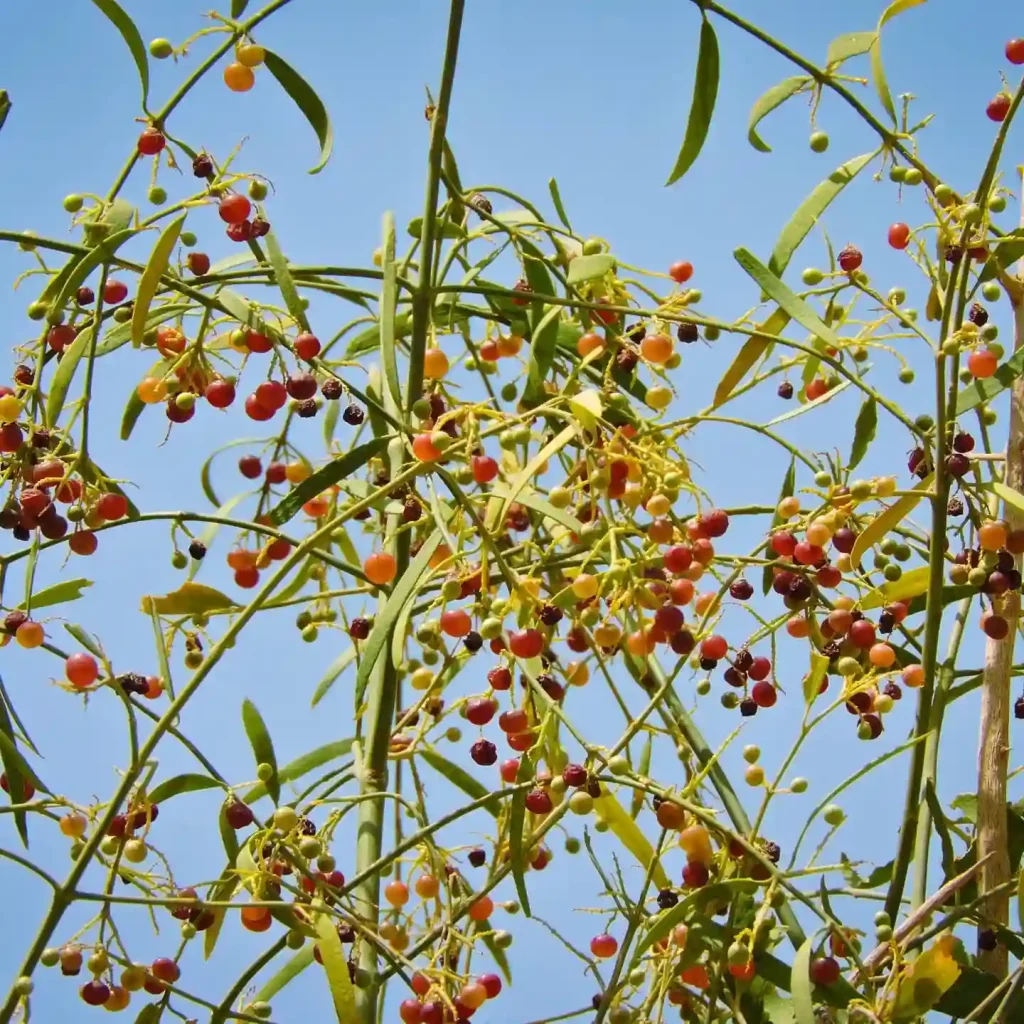What is Hoya Nummularioides?
For any plant enthusiast, the thrill of witnessing a new bloom is unparalleled. But some flowers hold a special kind of magic, captivating not just with their beauty but with their fragrance and unique characteristics. Enter the Hoya nummularioides, also known as the Porcelain Flower. This Southeast Asian native has become a cherished companion in my urban jungle, and I’m here to share its charm with you.
The first thing that struck me about the Hoya nummularioides was its foliage. Unlike the long, trailing vines of some hoyas, this one boasts clusters of small, round leaves. True to its name, which translates to “coin-shaped” in Latin, these leaves have a delightful texture, almost like polished pebbles. They range from a soft olive green to a deeper emerald, adding a touch of whimsy to any indoor space.
566 Species in Genus Hoya
Hoya Pubera vs Nummularioides
Both Hoya Pubera and Nummularioides are lovely little Hoyas, but they each have their own distinct personalities. My Hoya Pubera is like the shy kid in the back of the class. It has these adorable, round leaves that feel like soft suede, and the stems are surprisingly thick for such a small plant. It takes its sweet time growing, but when it finally decides to bloom, the fragrance is incredible – like a warm hug with a hint of spice.
The Nummularioides, on the other hand, is the social butterfly of the bunch. Its leaves are smaller and more oval-shaped, with a beautiful, glossy sheen. This Hoya grows like crazy, happily cascading down its pot with long, viney strands. The blooms are similar to the Pubera’s, but with a slightly sweeter scent. They both make fantastic houseplants, but for me, the Pubera wins with its unique texture and intoxicating fragrance.
When Does Hoya Nummularioides Bloom?
But the true magic of the Hoya nummularioides unfolds when it blooms. This typically occurs in the fall, mimicking the seasonal changes of its native habitat. Clusters of delicate, star-shaped flowers emerge, forming a heady display. The most captivating aspect, however, is the fragrance. Unlike some hoyas with a musky scent, the Hoya nummularioides boasts a delightful sweetness, often described as spicy or vanilla-like. It’s a truly intoxicating aroma that fills the room and adds another layer of appreciation to this captivating plant.
How to Care for Hoya Nummularioides?
While the Hoya nummularioides might seem like a delicate flower, it’s surprisingly resilient. Here are some key things to keep in mind to ensure your own Porcelain Flower thrives:
- Light: This plant prefers bright, indirect light. Avoid harsh midday sun, which can scorch the leaves.
- Water: Don’t overwater! The Hoya nummularioides prefers to dry out slightly between waterings. Let the top inch of soil dry completely before giving it a good drink.
- Humidity: While it doesn’t require super high humidity levels, the Hoya nummularioides appreciates a moderately humid environment. Grouping it with other plants or using a pebble tray filled with water can help create a more humid microclimate.
- Soil: A well-draining potting mix is essential. Opt for a mixture specifically designed for cacti or succulents, or create your own by combining potting soil with perlite or orchid bark.
- Fertilizer: During the growing season (spring and summer), a diluted dose of liquid fertilizer once a month can be beneficial. However, be mindful not to overdo it, as too much fertilizer can harm the plant.
The Joy of Propagation: Sharing the Porcelain Flower’s Magic
One of the greatest joys of being a plant parent is sharing your passion with others. The good news is that the Hoya nummularioides is relatively easy to propagate. Here’s how:
- Take a stem cutting with at least two nodes (the bumps where leaves emerge).
- Remove the lower leaves and dip the cut end in rooting hormone (optional but can encourage faster root growth).
- Plant the cutting in a pot filled with a well-draining potting mix.
- Water lightly and keep the soil slightly moist but not soggy.
- Place the pot in a warm location with bright, indirect light.
- Be patient! It can take several weeks for roots to develop.
With a little TLC, your propagated Hoya nummularioides will soon be gracing another space with its beauty and fragrance.
What to Plant with Hoya Nummularioides?
The Hoya nummularioides can be a delightful addition to various plant arrangements. Its compact size and cascading growth habit make it perfect for hanging baskets or terrariums. Consider pairing it with other hoyas with contrasting foliage or flowering habits for a truly unique display. Here are some potential companions:
- Hoya Krimson Queen: The vibrant variegated leaves of the Krimson Queen create a stunning contrast with the Hoya nummularioides’ emerald foliage.
- Dischidia nummularia: This “Watermelon Dischidia” shares a similar leaf shape to the Hoya nummularioides but boasts silvery markings, adding another layer of visual interest.
- Anthurium crystallinum: The striking, deep-veined leaves of the Anthurium crystallinum complement the delicate beauty of the Hoya nummularioides’ flowers.
The possibilities are endless, so experiment and create a miniature jungle that reflects your own style.
The Hoya nummularioides has become a beloved member of my plant collection. Its captivating beauty, delightful fragrance, and surprisingly easy care make it a true gem for any plant enthusiast. Whether you’re a seasoned plant parent or just starting your indoor jungle journey, the Hoya nummularioides is sure to bring a touch of exotic charm and a delightful aroma to your space. With its manageable size and willingness to bloom, it offers a rewarding experience that will leave you wanting to learn more about the fascinating world of hoyas. So, why not embark on your own Porcelain Flower adventure? You might just discover a new favorite plant that will bring you joy for years to come.
If i die, water my plants!



